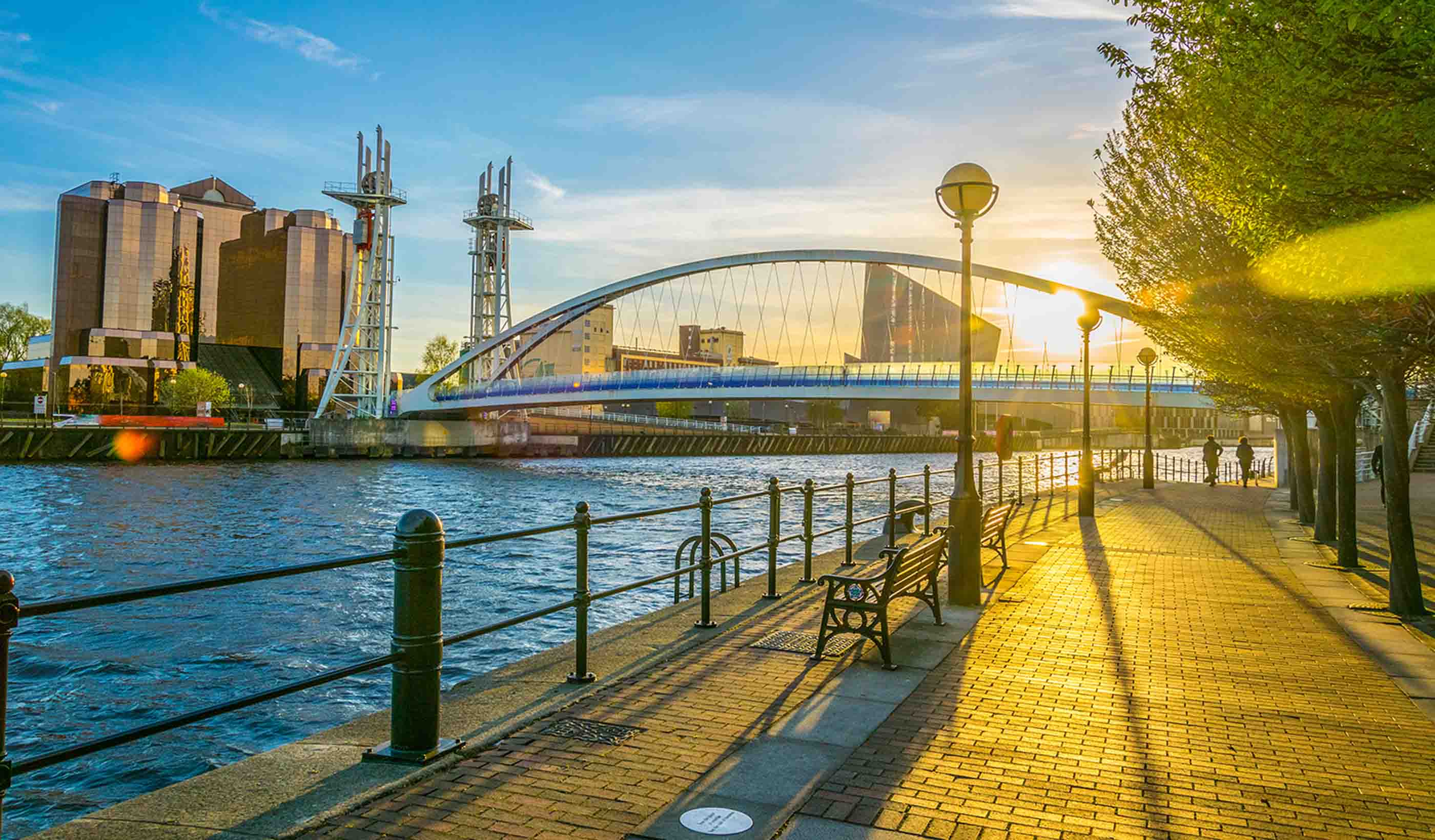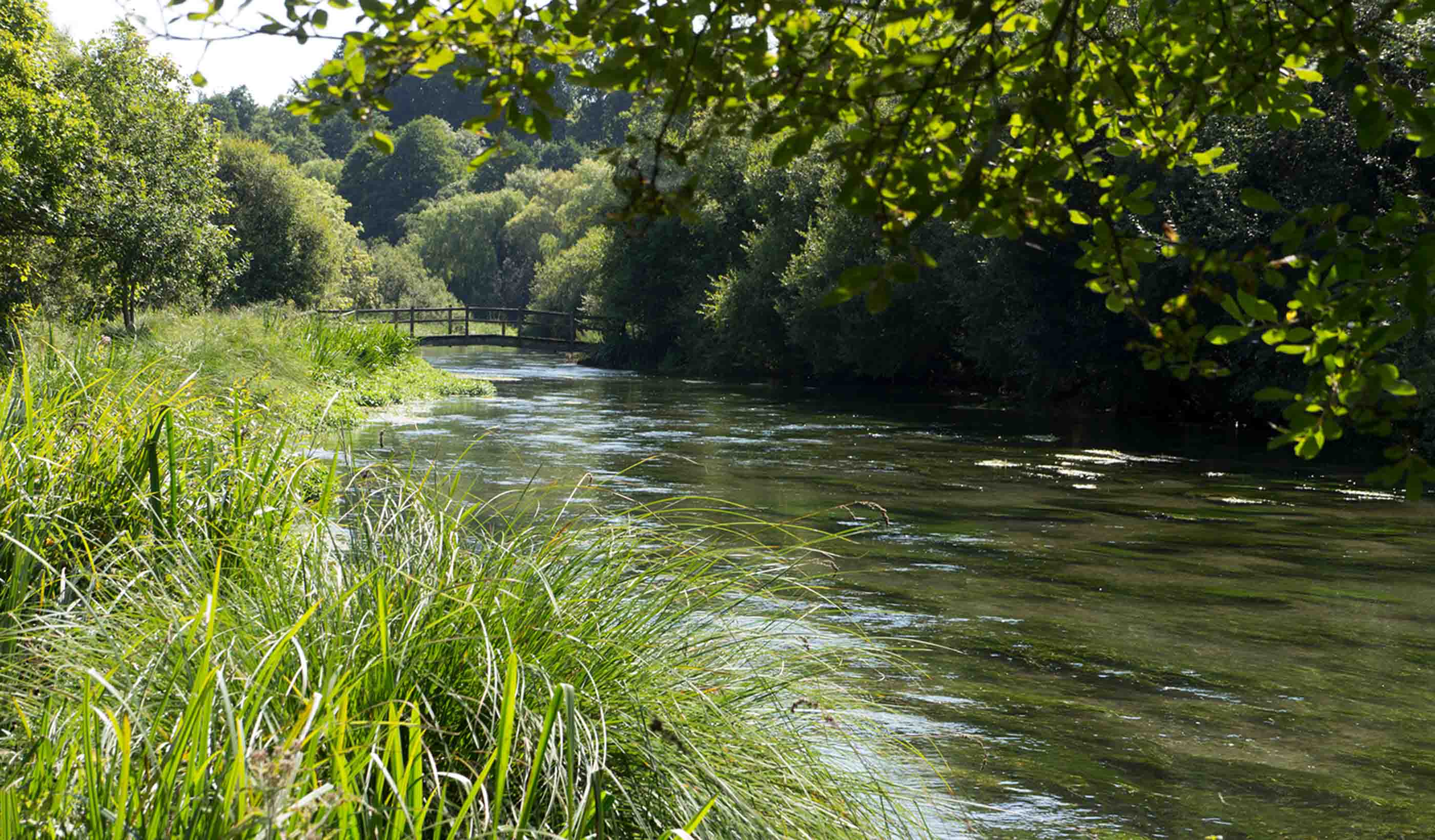BNG is just the start. We need to break down silos to create a better tomorrow
May 29, 2024
May 29, 2024
We need systems thinking and more integrated approaches when blending nature with urban environments in the UK
The way we incorporate the built environment into the natural world, and vice versa, is at the root of so many of the challenges we face as a society. Everything is impacted. From our individual well-being, opportunities, and interactions to resilience of our buildings, water resilience and quality, our environment, and our way of life.
New biodiversity net gain (BNG) regulations have set a higher bar for planners, designers, and developers. Now is an apt moment to reflect on how we can go further in the built environment and be more nature positive with developments.
The key is taking a multilayered and systems-led approach. This brings together interdisciplinary technical and creative expertise from different sectors. Nature doesn’t segment nutrient neutrality from BNG, tree-planting, or sustainable drainage systems—they’re all interconnected. Our approach must be equally holistic when we’re thinking about nature-based solutions.

We need to bring sectors together to share knowledge and ideas.
Segmentation in planning and development is, to an extent, a quirk. Management is made easier by distinct teams and responsibilities; sometimes developers or investors want to be able to buy an individual service instead of the full package. However, this can risk bounded thinking. Our team is one of the firms challenging this with a full, nature positive and holistic service. Our disciplines and sectors work together to solve challenges that don’t care about boundaries.
We need to follow nature and evolve the way we develop to consider the natural world and our impact on it in the broadest sense. At a fundamental level, it’s about delivering places that are sustainable and resilient to future climate change. But it’s also about spearheading development that adds social value, improves the natural setting, addresses flooding, supports biodiversity, nutrient balance, shading, and more. And, by extension, it improves human well-being, too.
Specific expertise and experience are vital for this, but these must be set within a system that rejects silos. We need teams that are always learning from each other and proposing holistic solutions to clients that consider the whole picture and are nature positive.
This segmentation is also present outside individual organisations and also can pose a threat to holistic solutions. Your local planning authority, Natural England, National Highways, the Environment Agency, ministers in Westminster—all aim to enhance how the built environment and nature interact. However, the way they might want to achieve this can vary and even compete. We need to bring these groups together. Then, we can identify the common goals and the potential compromises and balances needed to reach the best overall solution.
This approach can sound quite theoretical—but it’s deeply practical too and is already being brought to life on projects across the UK. For example, let’s look at The Integrated Water Management Plan (IWMP) from Greater Manchester Combined Authority, Environment Agency, and United Utilities. This partnership approach, which our team is excited to support, is bringing duty-holders together to plan for, operate, and maintain all aspects of the local water systems. It considers the whole water system as well as housing, development, and transportation. It doesn’t separate them. The partnership is transforming behaviour around how water is managed collectively as a natural asset while supporting the development of climate-resilient infrastructure.

How can we spearhead development that supports both nature and well-being?
Also in Greater Manchester, designs for urban green spaces and pocket parks, such as those in Pendleton, Salford, aren’t just offering outdoor space to enjoy. As part of the plan, they will also improve drainage and flooding solutions, offer natural shading and cooling to the streetscape, and improve urban soundscapes. The success of such nature positive schemes takes more than just landscape or drainage teams and requires a wide set of experts working closely together to co-plan, co-design, and co-deliver the projects.
The introduction of wetlands, rain gardens, and basins at Pendleton is one example of how drainage can be set sustainably within wider landscapes. And it offers visual and useful amenities for the community.
Despite broad support for plans and projects like these, government agencies, public authorities, and private developers can have different views on best practices. Really, what’s needed is a team to bring them together and develop a solution that provides what they each need.

Integrated partnerships are changing the way we manage water across the UK.
Nature-based solutions are arguably as old as time but face many challenges today. Some of the solutions will need to come down through national policy. Our team, along with others in the sector, is proactive in offering their views to Government to help develop new regulations.
However, we can achieve much right now. As we work to plan and deliver current projects, we must do so with our eyes open. All it takes is an acknowledgement of the silos that exist, a desire to break them, and working with a team equally committed to delivering holistic nature positive solutions that will benefit the natural environment, the built environment, and the people who rely on them both.